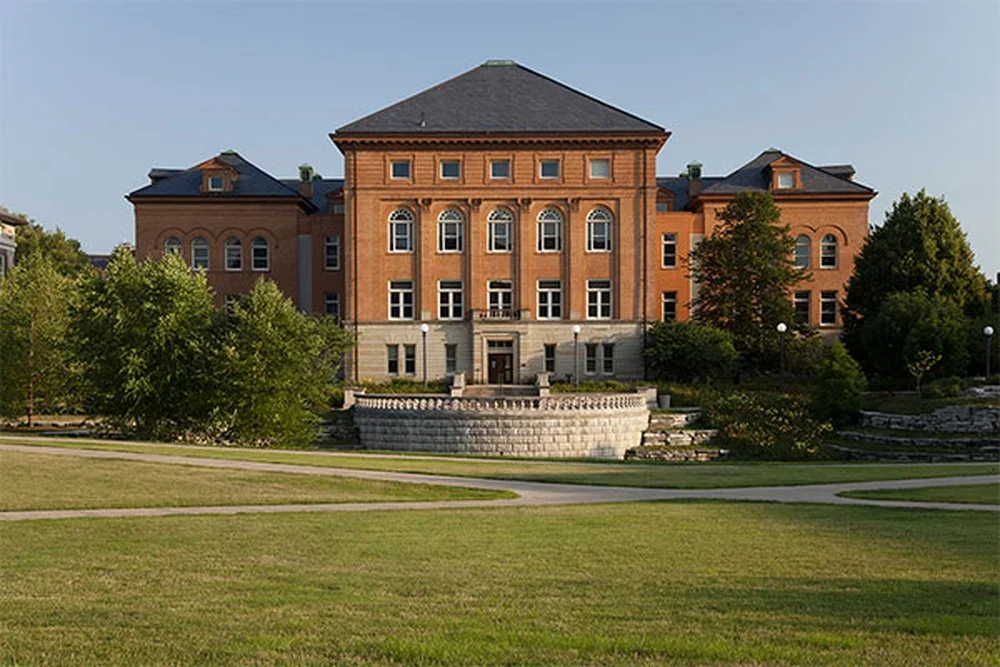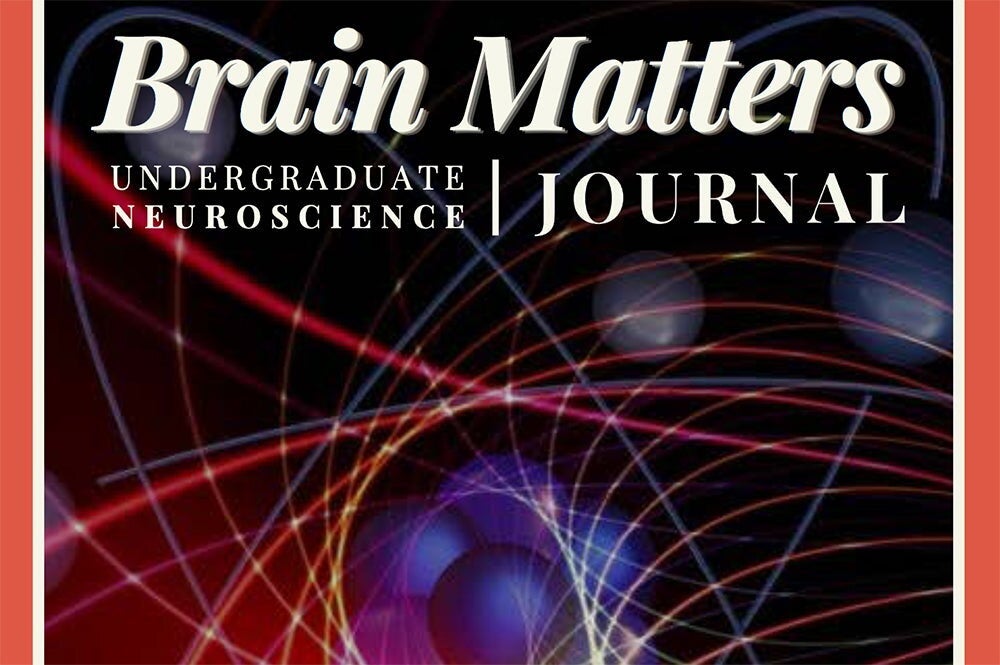
Chemists John Hartwig and Wilfred van der Donk have been named as the recipients of the 2007 Tetrahedron Young Investigator Awards. Hartwig won the award in Organic Synthesis and Wilfred in Bioorganic and Medicinal Chemistry-only two young investigator awards, and both to Illinois!
This international award is sponsored by Tetrahedron Publications (a division of Elsevier) and eligible to anyone under 45 years of age. The prize recognizes "exceptional creativity and dedication" and consists of a $1000 check as well as an award certificate. Additionally, both chemists will present an award address at a symposium to be held June 27-29, 2007 in Berlin, Germany.
Hartwig is recognized as an international leader in the discovery, development, and understanding of new transition metal-catalyzed reactions. The Pd-catalyzed amination and ether-forming reactions, which now bear his name, have had an enormous impact on the pharmaceutical industry, those engaged in the synthesis of natural products, and electronic materials. His report in 2000 of a catalyst that couples a commercially available boron containing compound with unreactive saturated hydrocarbons found in abundance in petroleum was hailed as a real breakthrough toward the "Holy Grail" of catalytic hydrocarbon functionalization.
Hartwig's previous awards include the Thieme-IUPAC Prize in Synthetic Organic Chemistry (2004), the Leo Hendrik Baekeland Award (2003), an A. C. Cope Scholar Award from the ACS (1997), a Sloan Foundation Fellowship and a Camille Dreyfus Teacher-Scholar Award in 1997. Just this past year he was awarded the 2006 American Chemical Society Award in Organometallic Chemistry.
van der Donk's research accomplishments are remarkable in their breadth and significance. He has answered a long-standing and important question relating to the action of a key enzyme (COX-2) involved in the body's physiological response to injury and infection. He has elucidated the mechanism by which certain enzymes render chlorocarbon pollutants less toxic. Further, he has uncovered the chemical pathway responsible for the enzymatic conversion of phosphite to phosphate, a reaction that has commercial potential in the manufacture of fine chemicals. Finally, he has developed a general method for the biosynthesis of entirely new kinds of lantibiotics, molecules that are powerful antibiotics of therapeutic significance.
van der Donk's previous awards include a 2006 Arthur C. Cope Scholar Award from the American Chemical Society, the Research Innovation Award of the Research Corporation, a Beckman Young Investigator Award, the Cottrell Scholar Award of the Research Corporation, a Sloan Foundation Fellowship, and a Camille Dreyfus Teacher-Scholar Award. He also won the 2004 Pfizer Award of the Biological Chemistry Division of the American Chemical Society.


